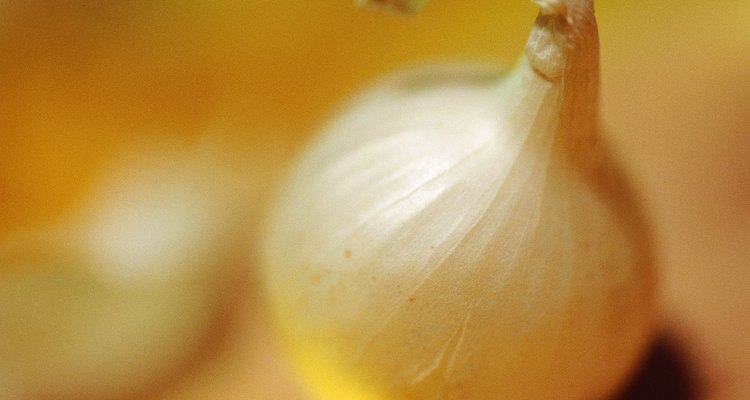
Stockbyte/Stockbyte/Getty Images
An onion can be a powerful vegetable, not only because of its strong taste and smell, but also because of its high antioxidant levels. Onions come in a range of colors, including red, white and yellow, but all feature a pungent layered interior surrounded by a papery skin. Onions can be eaten raw or cooked and frequently are added to other dishes such as salads, casseroles, omelets, stir-fried dishes or as a topping on hamburgers.
Servings and Calories
One medium onion, about 2 1/2 inches in diameter, weighs approximately 110 g and contains 44 calories. A single thin slice is approximately 9 g and 4 calories. There are many different varieties of onions that come in a wide range of sizes, so the nutritional information for one size and variety might vary from another.
Macronutrients
A medium raw onion contains 10 g of carbohydrate. Two grams of this are dietary fiber. An onion also has 2 g of protein. There is no fat or cholesterol in an onion and it is low in sodium, containing only 4 g per onion.
Micronutrients
A single onion contains 8.1 mg of vitamin C, 14 percent of the recommended daily intake. Other vitamins contained in an onion include niacin, folate, choline, betaine pantothenic acid and vitamins A, K and B6. Onions also have minerals calcium, iron, manganese, magnesium, phosphorus, potassium, zinc, selenium, flouride and iron.
Phytochemicals
Onions are high in phytochemicals, disease-fighting compounds that cannot be classified as vitamins or minerals. One group particularly high in onions is flavonoids, a type of polyphenol with antioxidant properties. Specific flavonoids found in onion include quercetin and anthocyanin. Onions also contain compounds called allyl sulfides, which are high in sulfate and contribute to the strong smell.
Health Benefits
According to World's Healthiest Foods, onions can help improve bone health by increasing bone density. Onions also provide an anti-inflammatory effect in the body and lowers the risk of colorectal cancer, laryngeal cancer and ovarian cancer. The allyl sulfides and quercetin have antibacterial properties that protect against periodontal disease and other infections.
Considerations
According to Eurekalert, onions that have the strongest flavor have more antioxidant activity than other varieties. The most powerful varieties are Western Yellow, New York Bold and Northern Red. Sweet varieties have the least amount of phytochemicals. The flavonoids in onions are at higher levels in the outer layers, so over-peeling might cause a loss of nutrients. An onion that is cut and stored might lose some health benefits, so it is best to cut an onion immediately before use.
Related Articles

Does Too Much Onion Affect Your Memory?

What Are the Health Benefits of Cooked ...

How to Heat an Onion So You Don't Cry

How to Soak Onions in Salted Water

How to Microwave Vidalia Onions

How to Eat Wild Onions

How to Make Raw Onions Mild

How to Get Rid of Onion Stings

Health Benefits of Potatoes, Onions and ...

How to Blanch Onions
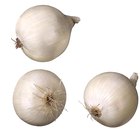
How to Easily Peel the Skin Off a Pearl ...

How to Get Rid of Purple Scars

What Are the Health Benefits of Pico De ...

How to Cook Zucchini Like a Japanese ...
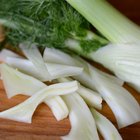
How to Eat Fennel Raw
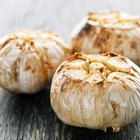
The Calories in Roasted Garlic

How to Mince Celery
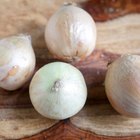
How to Freeze Onions for Future Use

Can Leftover Onion Turn Toxic Overnight?

How to Crush Basil
References
Writer Bio
Bridget Coila specializes in health, nutrition, pregnancy, pet and parenting topics. Her articles have appeared in Oxygen, American Fitness and on various websites. Coila has a Bachelor of Science in cell and molecular biology from the University of Cincinnati and more than 10 years of medical research experience.
Photo Credits
Stockbyte/Stockbyte/Getty Images